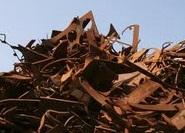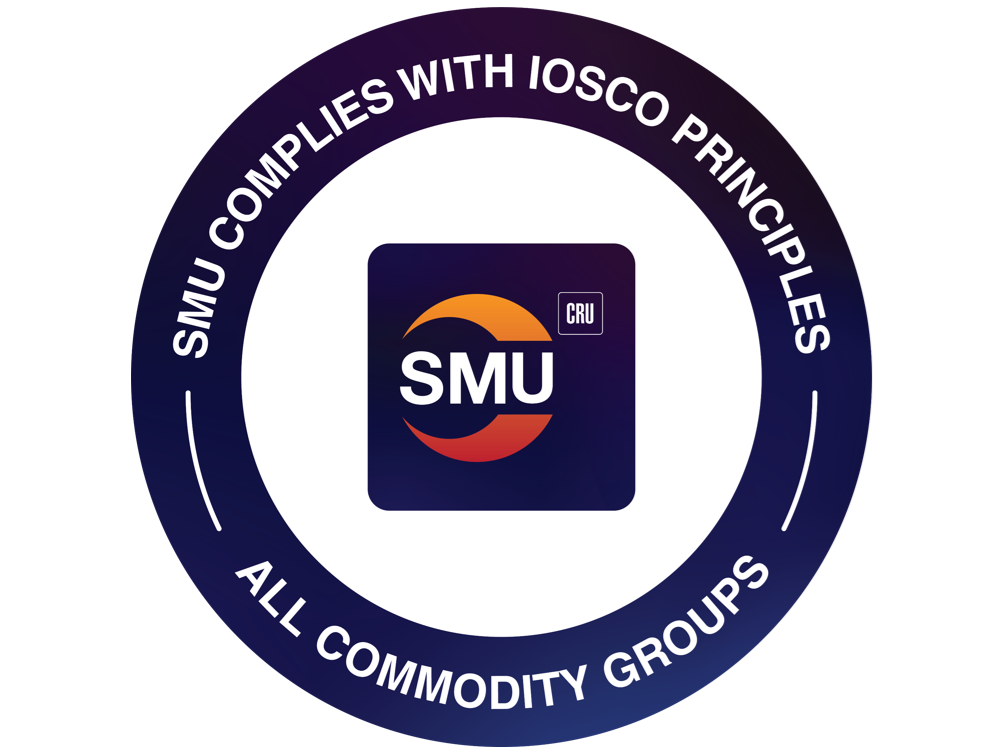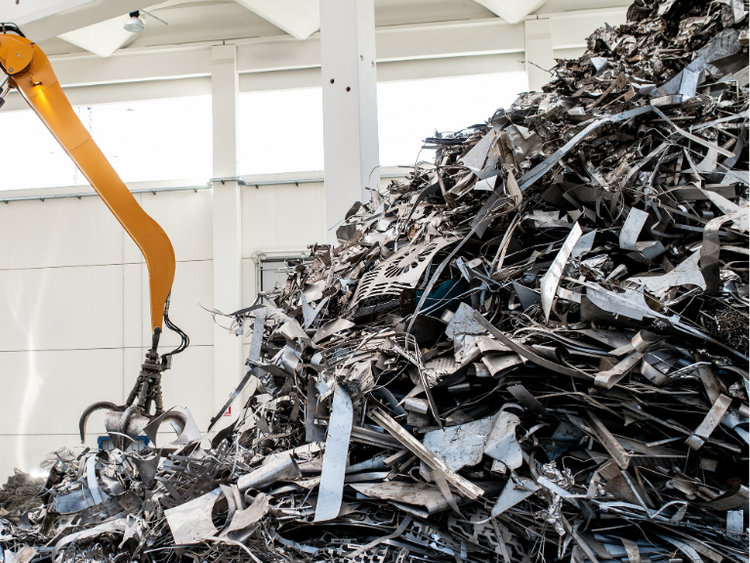Scrap Prices North America

Ferrous Scrap Trading Sideways on Obsolete to Down $10-$15 on Primes
Written by John Packard
August 4, 2016
SMU Sources are advising us that obsolete grades of ferrous scrap are trading sideways (prices remaining the same as last month) while prime grades move lower by $10 to $15 per gross ton in the Chicago, Ohio Valley, Detroit and Indiana markets. Prior to negotiations beginning, the expectation was for obsolete grades to remain intact while prime grades, like busheling and bundles, were expected to trade down $10-$20 per gross ton.
![]() Dealers are telling us that the domestic mills (which includes long products as well as flat rolled mills) are telling the dealers there is lower demand and there are more imports of pig iron, DRI, etc. which are putting pressure on prime grades.
Dealers are telling us that the domestic mills (which includes long products as well as flat rolled mills) are telling the dealers there is lower demand and there are more imports of pig iron, DRI, etc. which are putting pressure on prime grades.
It seems that the southern market is the weakest region while the Ohio Valley is the strongest due to increased demand coming from Vallourec and Koppel.
From the east coast we heard from one dealer, “Negotiations for the August scrap buys are ongoing almost everywhere except the Northeast where demand was relatively limited this month (prices in the NE were sideways for shred August). It seems the market for obsolete grades like shredded, HMS, and Plate and Structural are firm. Earlier in the week some mills in the OH Valley and Midwest bought shred for $5 lower than in July, though many kept July orders open for dealers to finish shipping against them.
“Export is not a big factor this month in terms of drawing scrap out of the domestic market (they are not offering much into the domestic market either). Prices for cargos to Turkey seem to be pretty stable in the $225-$230 cfr range for 80/20 HMS.
“If you listen to the mills, the Southeast is much weaker. They are adamant about that but I think it’s a mental game with them, especially with DJJ. If the Southern mills got their way, they would buy prime scrap at down $30-$40, but that is not happening. Maybe prime is down $10ish this month.
“The real scrap supply/demand dynamics have not changed much from July. True there is some softness in the flat roll market and imports are and will continue to pick up as we go into the end of the year. And Gerdau which buys a lot of scrap particularly in the South is under strict inventory reduction guidelines this month. But overall scrap is tight and that does not seem to be changing. Moreover, regarding prime scrap supply, at some point Big River will come into the market and it will be a fight for at least a little while when they are building an inventory position for the prime tons.”
We will provide more details in Sunday evening’s edition of our newsletter.

John Packard
Read more from John PackardLatest in Scrap Prices North America

Busheling and shredded tags drop, widening HRC vs. prime scrap spread
US scrap prices fell on busheling and shredded in October, while HMS remained flat, market sources told SMU.

SMU successfully completes IOSCO review
SMU has successfully completed an external review of all our prices. The review has concluded that they algin with principles set by the International Organization of Securities Commissions (IOSCO).

October scrap market settles with bush down $20, shred down $10
Most mills sought a drop of $20-40 per gross ton (gt) in busheling prices and a $20/gt dip for shredded and HMS. Despite efforts to buy cheaper, the busheling price settled at down only $20/gt.

HRC vs. busheling spread widens again in July
The price spread between prime scrap and hot-rolled coil widened marginally again in July.

US ferrous scrap market lands flat in July
The US ferrous scrap market settled sideways in July.
